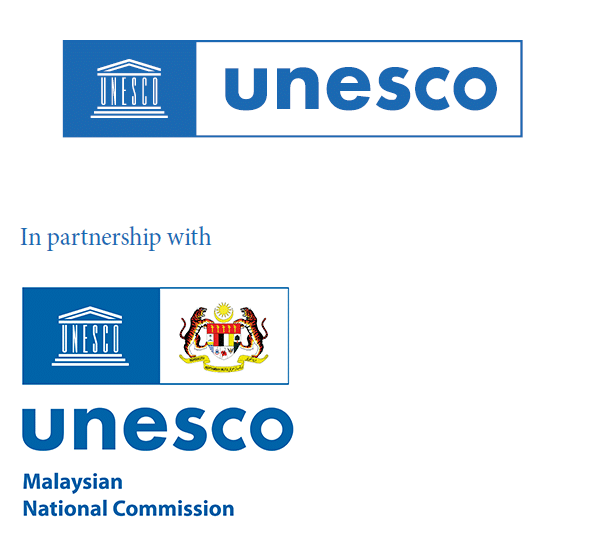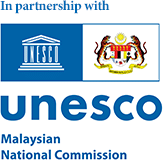Summary of Project Activities and Result
Due to excessive groundwater pumping under the city of Siem Reap, water pollution, periodic flooding and degraded ecosystems of Tonle Sap, there are current and emerging challenges to the stability of the Angkor World Heritage Site and its building foundations.
These complex water and environmental management issues of World Heritage site, biosphere reserve, and urban management nexus were addressed using sustainability science approaches in order to help restore and preserve Angkor World Heritage site’s water management system.
The research carried out in this study revealed the following findings:
- Water pollution in Tonle Sap Lake is occurring as litters were observed in many river tributaries.The water balance analysis for Siem Reap showed that there was a water deficit of 229.5 million m3 in 2014.
- Simulation results revealed that potential drawdown of groundwater level and land subsidence at Angkor World Heritage Site would occur in all scenarios in a dry year of 50 year return period.
- Analysis of radar images revealed that 35% of the area is still forested; however there is a south-north gradient of increasing deforestation. Further, rates of deforestation were at least 1.5 times higher during the period 2000–2014 compared to 1989–2000
- Water pollution in Tonle Sap Lake is occurring as litters were observed in many river tributaries.
Siem Reap and Tonle Sap Photos Gallery
Field visits to rural communities in 10 villages around Siem Reap were further carried out and revealed the following:
All 24 interviewees said they use groundwater as domestic supply, including for drinking. They envision using tap water for domestic use.
20% of the interviewees face problems with water quality, particularly during dry season where water becomes dirty with high turbidity. They envision having clean water for better living.
Recommendations
The project recommends the following :
- Groundwater policies and measures, which include a groundwater use plan or policy to control groundwater use; groundwater pumping information; observation of groundwater and sharing of information to all relevant stakeholders; and groundwater monitoring system.
- Deforestation reduction and/or avoidance policies and measures, which include action plan to protect the forest upstream of Siem Reap basin, and strong actions and enforcement by the local government to protect the forest and control illegal deforestation
- Water pollution control policies and measures, which include prohibition of garbage dumping near the source of water or directly into the river, increased awareness of the environmental impact of water pollution by the residents, and an action plan to reduce volume of waste into the river
- The stakeholders have furthermore identified the need for an institutional framework to implement and give shape to the envisioned futures emerging from the local level.
Disclaimer: this page is primarily extracted from Sok, C. et al (2016).
For further reading:
- UNESCO, 2017. Lessons Learnt and Best Practices from UNESCO Sustainability Science Demonstration Sites in Southeast Asia. Report. Jakarta
- Sok, C., Heredia, M.I.d., Langhe, P.d. 2016. Restoring and Enhancing Angkor World Heritage Site, Tonle Sap Biosphere Reserve and Siem Reap City Water Systems. Technical Report. UNESCO Phnom Penh, Cambodia.
PROJECT PARTNER
APSARA (Authority for the Protection and Management of Angkor and the Region of Siem Reap) and UNESCO Phnom Penh Office
LIST of STAKEHOLDERS
The stakeholders consulted during the project are:
- APSARA (Temple in-charge; Conservation Department)
- Land Management Authority, Siem Reap Provincial Government Office
- Water Resource Department, Siem Reap Provincial Government Office
- Department of Tourism, Siem Reap Provincial Government Office
- Department of Environment, Siem Reap Provincial Government Office
- Public Works Department, Siem Reap Provincial Government Office
- Fishery Administration
- Department of Agriculture, Forestry and Fishery, Siem Reap Provincial Government Office
- Department of Rural Development, Siem Reap Provincial Government Office
- Ministry of Water Resources and Meteorology
- Ministry of Culture and Fine Arts
- Ministry of Rural Development
- Siem Reap Water Supply Authority
- Tonle Sap Authority
- Cambodia Water Partnership
- Other organisations: ADB. AFD, JICA, iDE, ITC, OSMOSE
- Local communities: Kork Kreul village, Ta Prok village, Kork Tachan village, Kork Beng village, Kork Tnot village, Arak Svay village, Tapang village, Thmat Pong village, Angkor Krao village, Khvien village, Kampong Pluk – Floating Village at Tonle Sap lake, Commune and Bakong District of Siem Reap, Sras Srang Village (near Angkor), Psar Leu Market of Siem Reap, Samaki Market of Siem Reap, Old Market of Siem Reap, Angkor Art Center Market
The above stakeholders have been individually interviewed and/or participated in the stakeholders dialogue which took place on 13-14 December 2016 in Siem Reap




